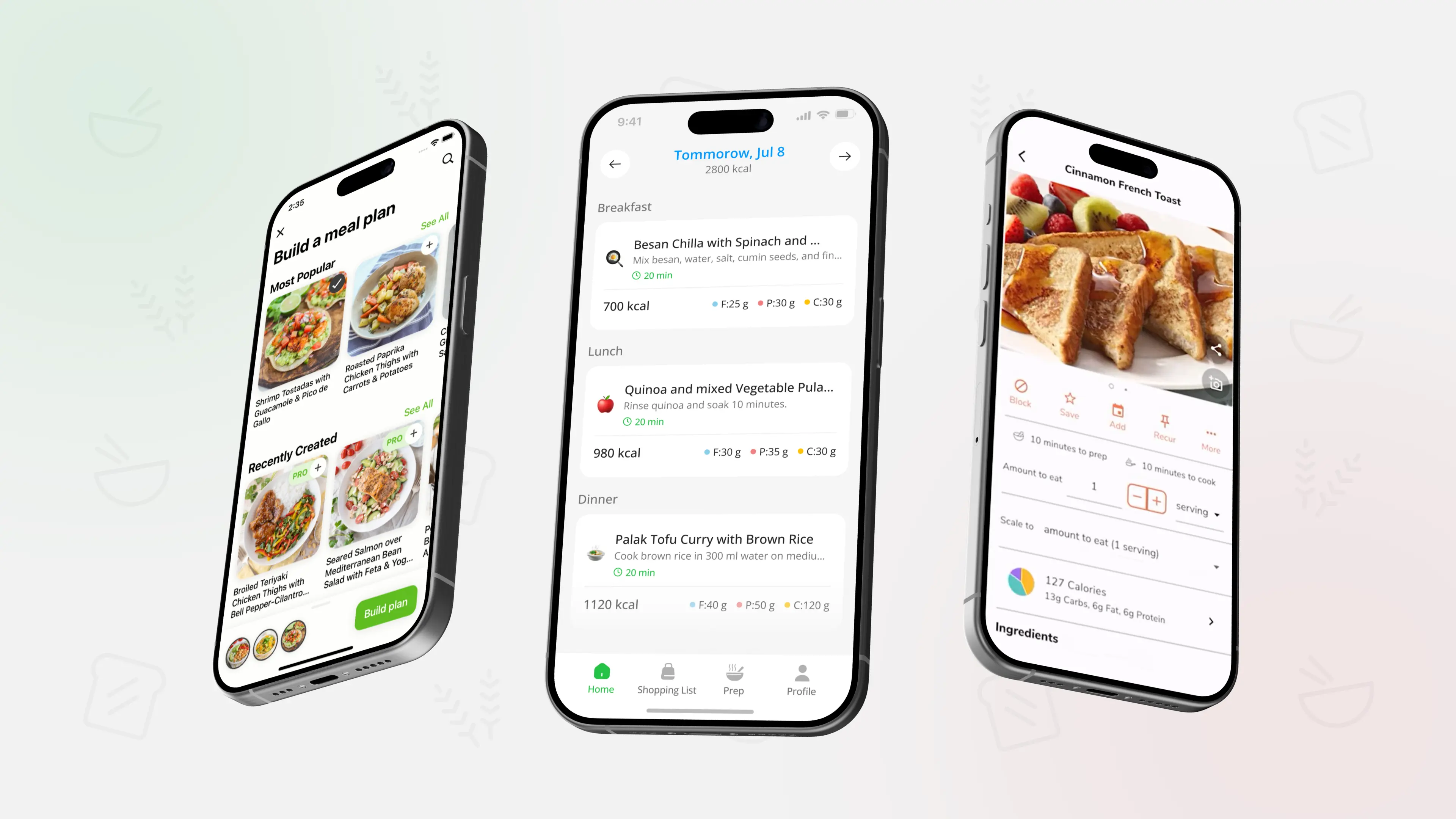Budget 7‑Day Meal Plan (Under $2/Serving)
.webp)
TL;DR: You do not need fancy products or extreme restriction to keep meals around two dollars per serving. A simple 7-day plan built on beans, grains, eggs, frozen vegetables, and a few fresh items, plus a structured grocery list, can keep costs low while still feeling balanced and satisfying.
What "under $2 per serving" really means
Prices change by store and region, so no single plan will cost exactly the same everywhere. When this article says "under $2 per serving", it assumes:
- Store brand options when possible.
- Buying in larger but realistic sizes for one to four people.
- Using beans, lentils, eggs, oats, rice, and frozen vegetables often.
Some meals will land under that number by a good margin, some may be closer, but the overall weekly pattern stays budget friendly.
The goal is not to hit a perfect price per serving for every plate. The goal is to build a routine where most meals rely on affordable staples instead of expensive convenience foods. If you want a deeper dive into general money saving habits around food, you can pair this plan with Healthy Eating on a Budget: 24 Practical Tips.
Budget rules that shape this 7-day plan
Before looking at the menu, it helps to see the logic behind it.
Use cheap staples as the base of most meals
- Oats, rice, lentils, beans, and pasta form the backbone.
- Frozen vegetables and some fresh produce add color and fiber.
- Eggs, canned tuna, and store brand yogurt provide affordable protein.
Repeat simple breakfasts and lunches
- Breakfast rotates between oats and yogurt based bowls.
- Lunch uses leftovers and simple grain or bean bowls.
Repeating saves money and planning time because you buy fewer types of ingredients.
Limit meat and focus on plant proteins
- Beans, lentils, chickpeas, and eggs appear several times.
- Chicken or ground turkey show up a few times instead of every day.
Plan leftovers on purpose
- Soups, chilis, and sheet pan meals are cooked once and eaten two or more times.
- This reduces cooking time and waste.
If you like this kind of structure and want a more general example without a strict cost focus, you can compare it with the layout in 7-Day Balanced Meal Plan (With Grocery List).
If you prefer not to design a budget friendly week by hand, you can use PlanEat AI to generate a simple weekly meal plan and grouped grocery list based on your goals, dislikes, and cooking time. Then you choose store brands, frozen produce, and other lower cost options when you shop so the plan matches your budget.
Budget 7-day meal plan (example)
This example assumes three main meals and one simple snack most days. Adjust portions based on your appetite, activity level, and household size.
Breakfast pattern for the week
Pick one or two and alternate.
- Oatmeal cooked with water or milk, topped with a sliced banana and a spoon of peanut butter.
- Store brand yogurt with frozen berries and a spoon of oats.
- Eggs with a slice of whole grain toast and a piece of fruit.
Snack pattern for the week
- A small handful of peanuts or other nuts.
- A piece of fruit such as an apple, orange, or banana.
You do not need a different snack for every day. Keeping this simple helps keep costs low.
Day 1
- Breakfast: Oatmeal with banana and peanut butter.
- Lunch: Rice and beans bowl.
Cooked rice, canned black beans, frozen mixed vegetables, salsa or chopped tomatoes. - Snack: Apple and a small handful of peanuts.
- Dinner: Lentil soup with carrots, celery, and onion, plus a slice of whole grain bread.
Day 2
- Breakfast: Yogurt with frozen berries and oats.
- Lunch: Leftover lentil soup with bread.
- Snack: Banana.
- Dinner: Sheet pan chicken and vegetables.
Chicken thighs or drumsticks, potatoes, carrots, and onions roasted with oil and basic seasoning.
Day 3
- Breakfast: Oatmeal with banana.
- Lunch: Leftover sheet pan chicken and vegetables.
- Snack: Orange and a few nuts.
- Dinner: Simple tomato pasta.
Store brand pasta with canned tomatoes, garlic or onion, a little oil, and frozen spinach.
Day 4
- Breakfast: Yogurt with oats and sliced banana.
- Lunch: Pasta leftovers with extra frozen vegetables added if needed.
- Snack: Apple.
- Dinner: Bean and vegetable chili.
Canned beans, canned tomatoes, onion, frozen peppers or corn, and basic spices, served over a small portion of rice.
Day 5
- Breakfast: Oatmeal with peanut butter.
- Lunch: Leftover chili over rice.
- Snack: Piece of fruit.
- Dinner: Egg and vegetable skillet.
Eggs scrambled with potatoes, onions, and frozen or leftover vegetables, served with toast if desired.
Day 6
- Breakfast: Yogurt with berries and oats.
- Lunch: Tuna and bean salad.
Canned tuna, canned beans, chopped onion or celery, a bit of oil and vinegar, served on toast or with crackers. - Snack: Banana or orange.
- Dinner: Rice stir fry.
Leftover rice fried with eggs, frozen vegetables, soy sauce or similar seasoning.
Day 7
- Breakfast: Oatmeal with banana and peanut butter.
- Lunch: Leftover rice stir fry.
- Snack: Fruit and a few nuts.
- Dinner: Simple vegetable and potato soup.
Potatoes, carrots, onion, any leftover vegetables, and broth or water with seasoning, served with a slice of bread.
This plan repeats ingredients on purpose. Shopping and cooking are simpler when rice, beans, oats, frozen vegetables, and a few proteins appear multiple times.
Shopping list template for this budget plan
Here is a sample shopping list for one to two people following the plan above. Adjust quantities to match how many meals you actually cook at home.
Produce
- Onions and garlic.
- Carrots and celery.
- Potatoes and possibly sweet potatoes.
- A small bag of mixed salad greens if your budget allows.
- Bananas, apples, and a few oranges.
Dairy and eggs
- Store brand yogurt.
- Eggs.
- A small block or bag of cheese if you like it on pasta or eggs.
Pantry
- Oats.
- Rice.
- Pasta.
- Lentils.
- Canned beans such as black beans and kidney beans.
- Canned tomatoes and tomato sauce.
- Peanut butter.
- Cooking oil.
- Basic spices such as salt, pepper, garlic powder, chili powder, and dried herbs.
Protein
- Chicken thighs or drumsticks.
- Canned tuna.
- Extra eggs if you use eggs as a main protein several times.
Freezer
- Frozen mixed vegetables.
- Frozen spinach or other single vegetables you like.
- Frozen berries for breakfasts if they fit your budget.
Bread and bakery
- Whole grain bread.
- Basic crackers or tortillas if you use them for meals.
If you want to refine how you structure your list to avoid unnecessary spending, you can borrow specific ideas from Grocery List Structure & Money-Saving Tips and adapt them to your own store layout and habits.
Prep and storage habits that keep this plan under control
The same foods can be cheap or expensive depending on how you prep and store them.
Cook once, eat several times
- Make one pot of lentil soup, chili, or vegetable soup early in the week.
- Cook a pot of rice that can serve as a base for bowls, chili, and stir fry.
Use your freezer for extra portions
- Freeze leftover soup, chili, or rice in single portions.
- Label containers with the dish and date so you remember to use them.
Store produce so it actually lasts
- Keep onions and potatoes in a cool, dark place.
- Place salad greens and herbs in containers or bags with a paper towel to reduce moisture.
Review what you did not use
- At the end of the week, notice which foods are still sitting in your fridge.
- Buy less of those items next time or find recipes that use them early in the week.
If you want more general guidance on stretching ingredients and choosing affordable options without feeling restricted, you can connect this plan with the broader ideas in Healthy Eating on a Budget: 24 Practical Tips.
If you find a budget pattern that works for you, you can keep it as a reusable plan in PlanEat AI and let the app hold your weekly structure and grouped grocery list. Each week you only tweak a few meals or ingredients instead of rebuilding everything from zero.
FAQ:
Is it really possible to stay under two dollars per serving in the US
It can be, especially when you use store brands, buy staples in reasonable bulk, and rely on beans, lentils, eggs, rice, oats, and frozen vegetables. Prices vary by region, so think of two dollars as a target average rather than a strict rule for every plate.
Can I use this budget plan while trying to lose weight
Yes, but weight loss still depends on overall portions and activity. This plan focuses on affordable, filling foods. You may need to adjust portion sizes or snacks to match your goals and hunger.
How do I adjust this plan for a family instead of one or two people
You can multiply ingredients and portions while keeping the basic pattern the same. To manage different appetites and preferences, it may help to combine this budget structure with ideas from Family Meal Planning: One Plan, Everyone Happy.
What if I do not like beans or lentils
You can still eat on a budget, but it may be slightly harder to keep protein costs as low. Try eggs, canned tuna, frozen chicken, and occasional tofu as alternatives, and use smaller amounts of meat stretched with vegetables and grains.
Do I need to track every cent to benefit from a budget meal plan
No. Focus on big patterns first, such as cooking at home more often, using more affordable staples, and reducing food waste. Detailed tracking can help if you enjoy it, but many people see results from a few simple habits.
Educational content only - not medical advice.
A realistic low cost 7-day meal plan
Build meals around beans, grains, eggs, and frozen vegetables, then repeat simple breakfasts, lunches, and dinners. Over time, a budget friendly pattern like this can help you spend less per serving while still eating balanced, filling meals most days of the week.


.webp)
.webp)
.webp)
.webp)
.webp)
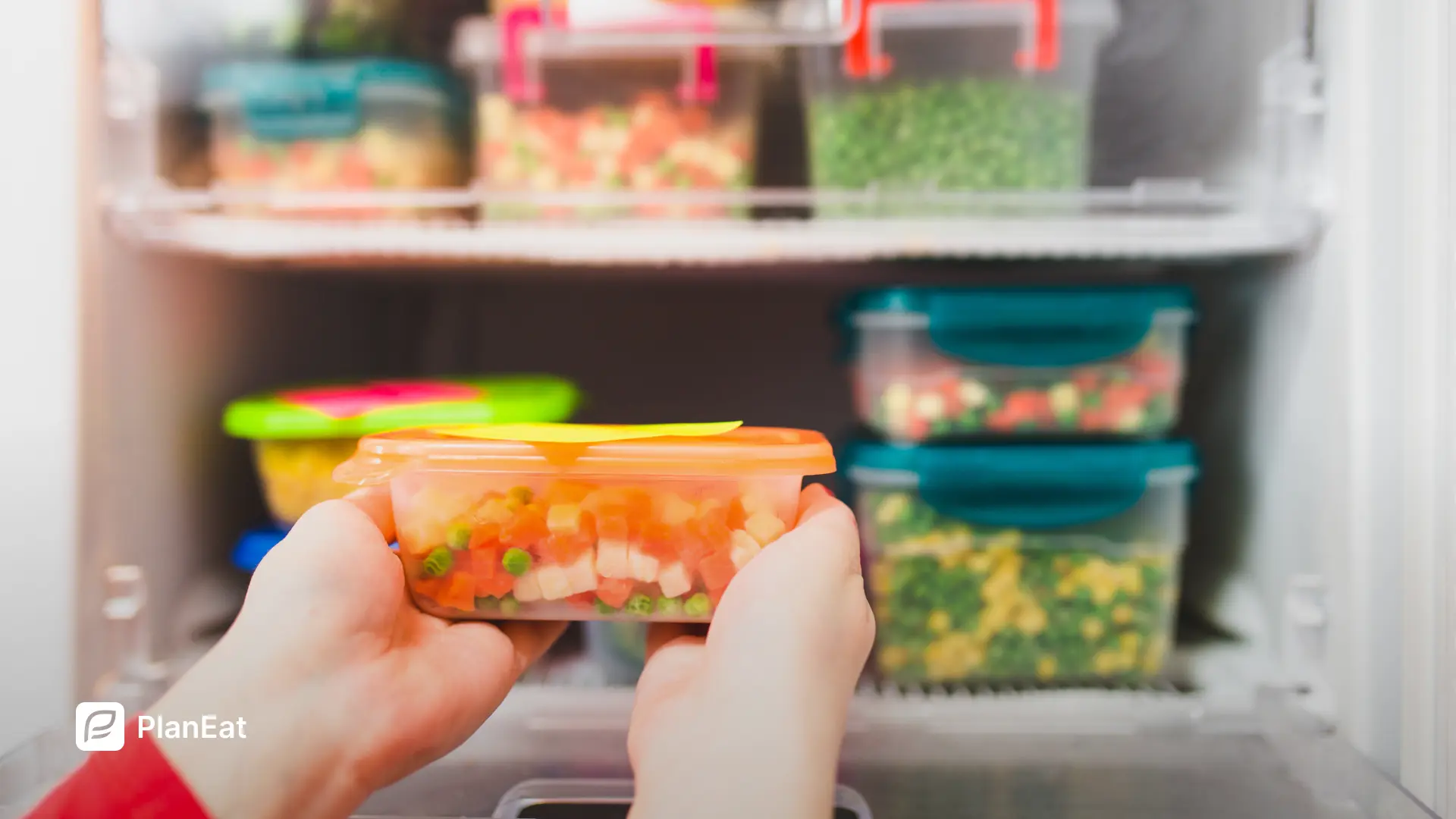
.webp)
.webp)
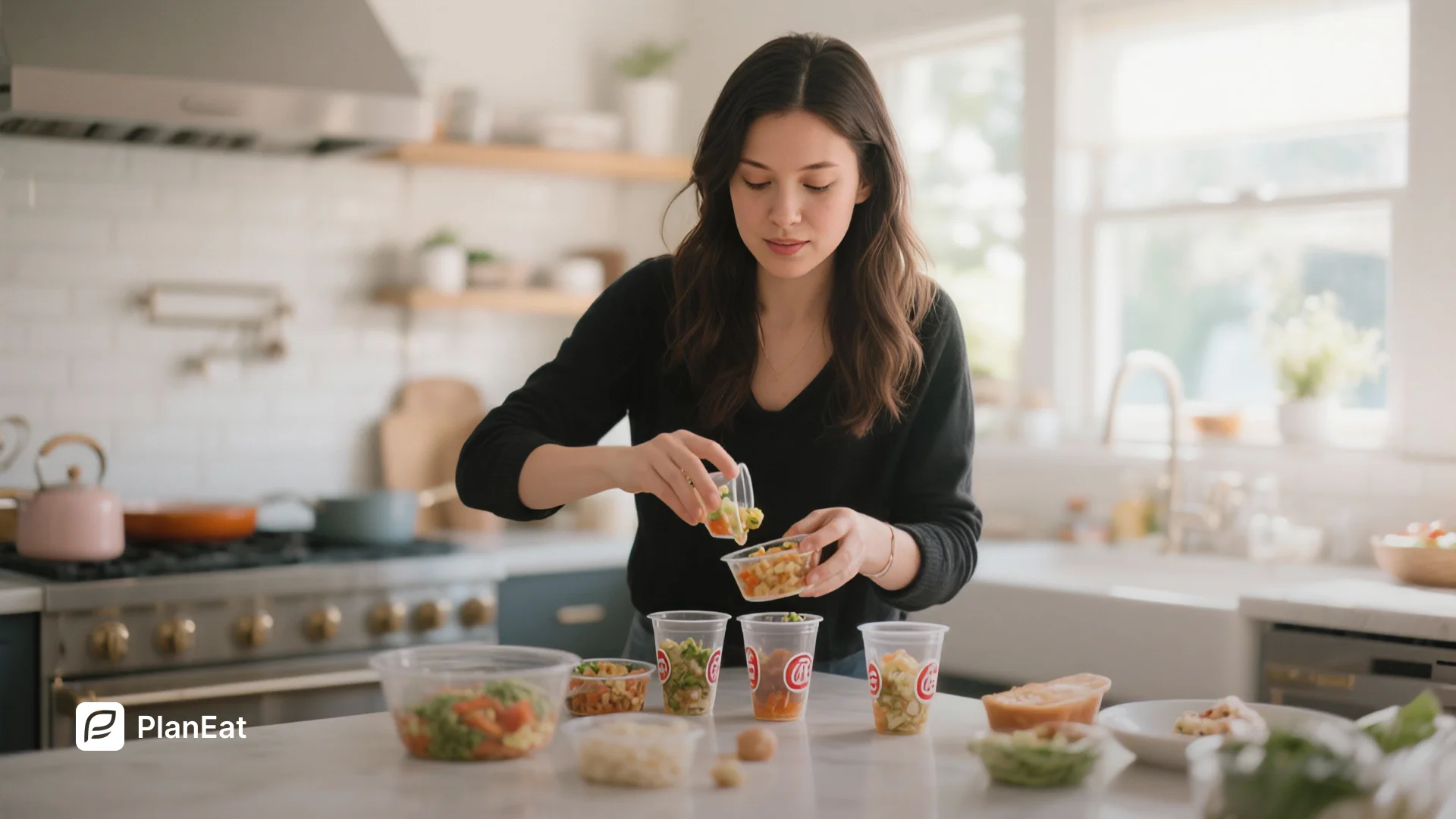
.webp)
.webp)
..webp)
.webp)
.webp)

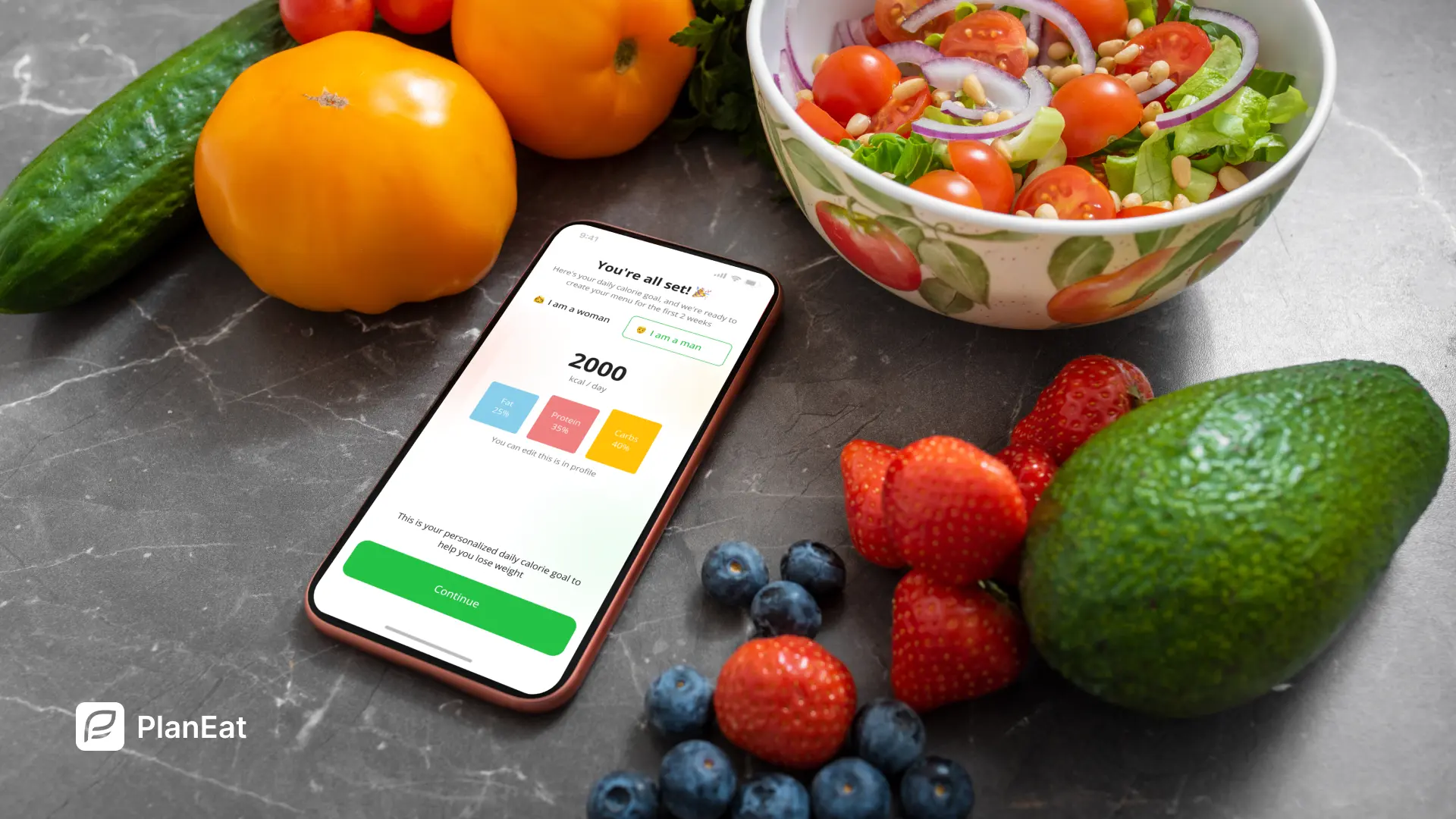
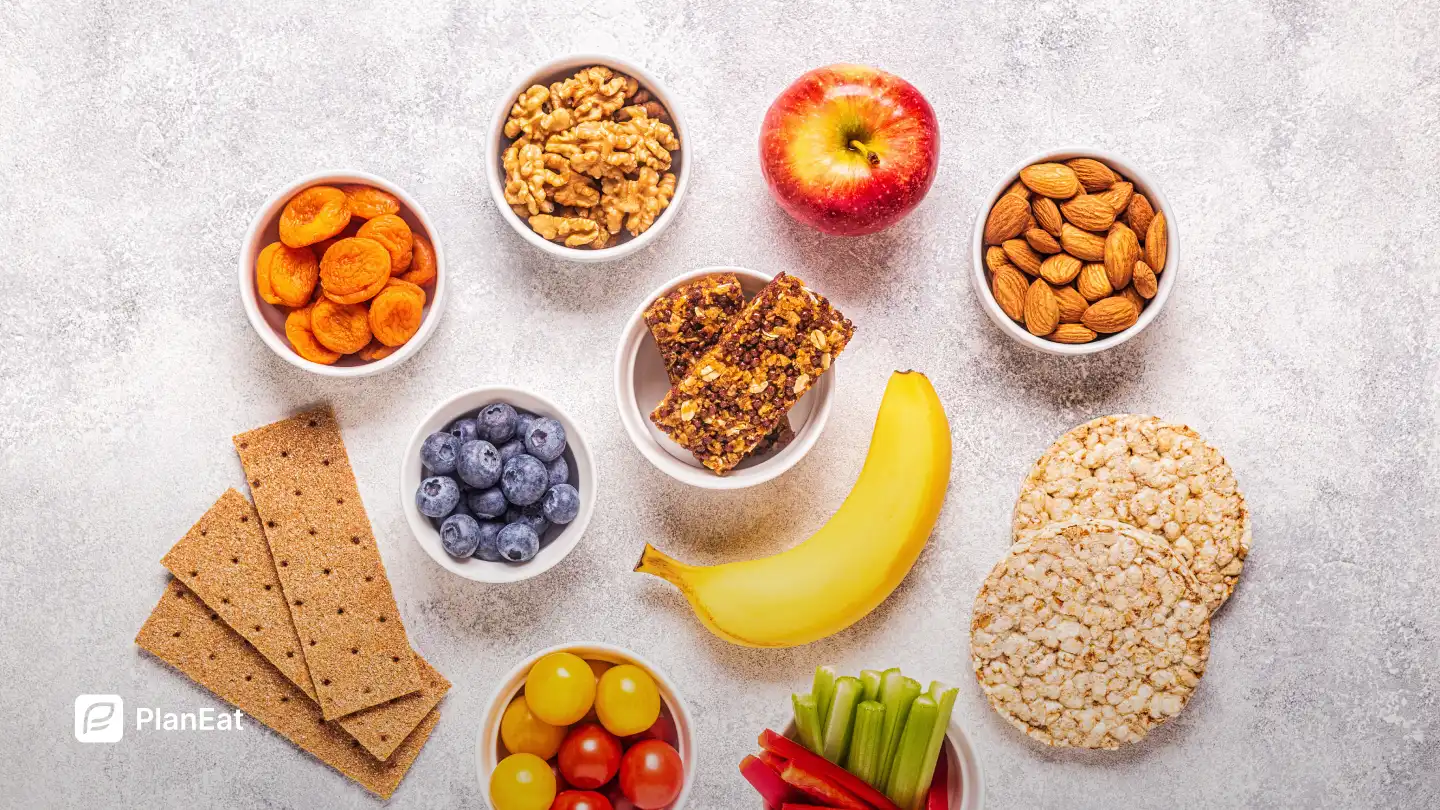


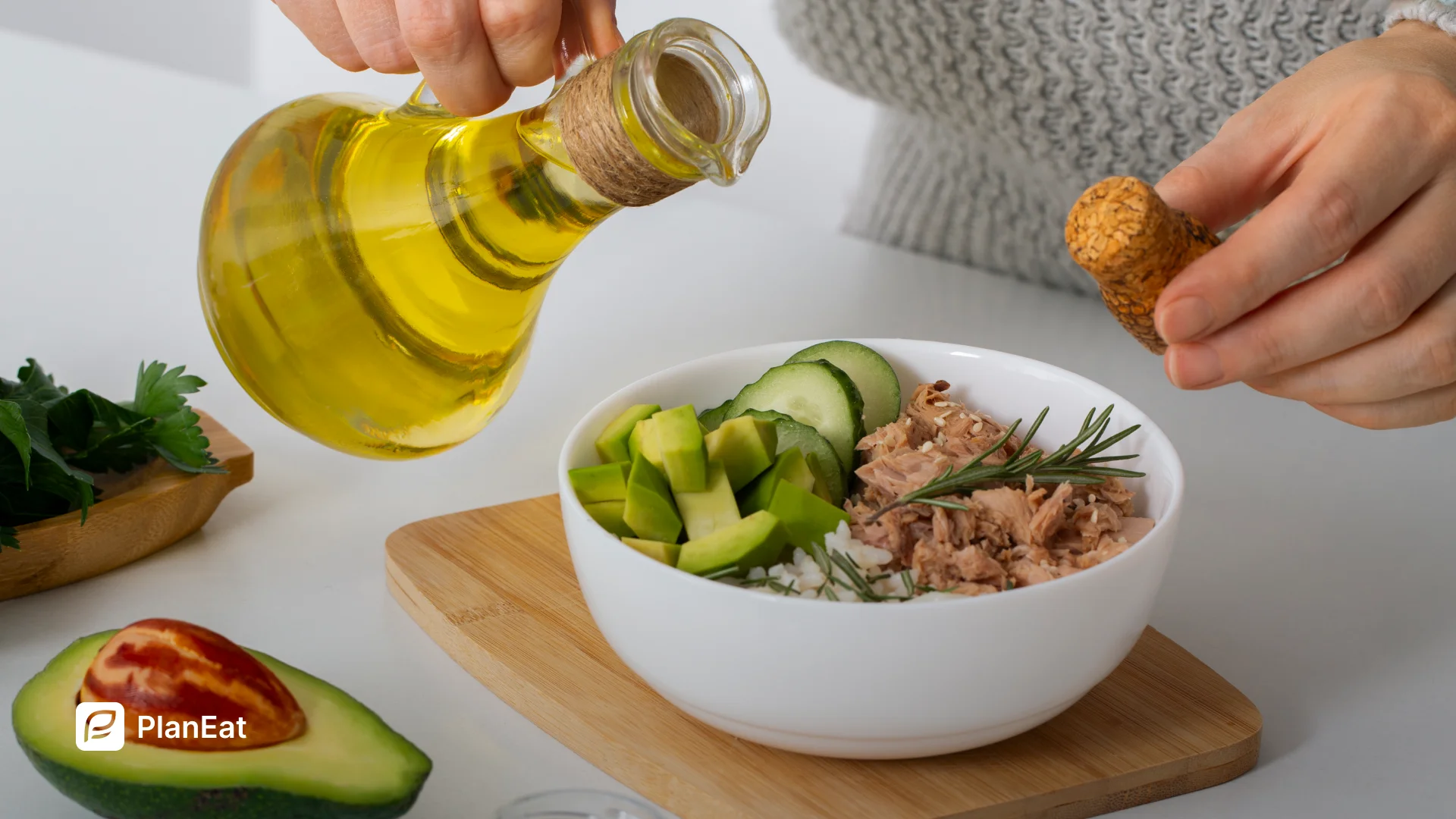
.webp)



.webp)
.webp)
.webp)
%20%2B%207%E2%80%91Day%20Menu.webp)




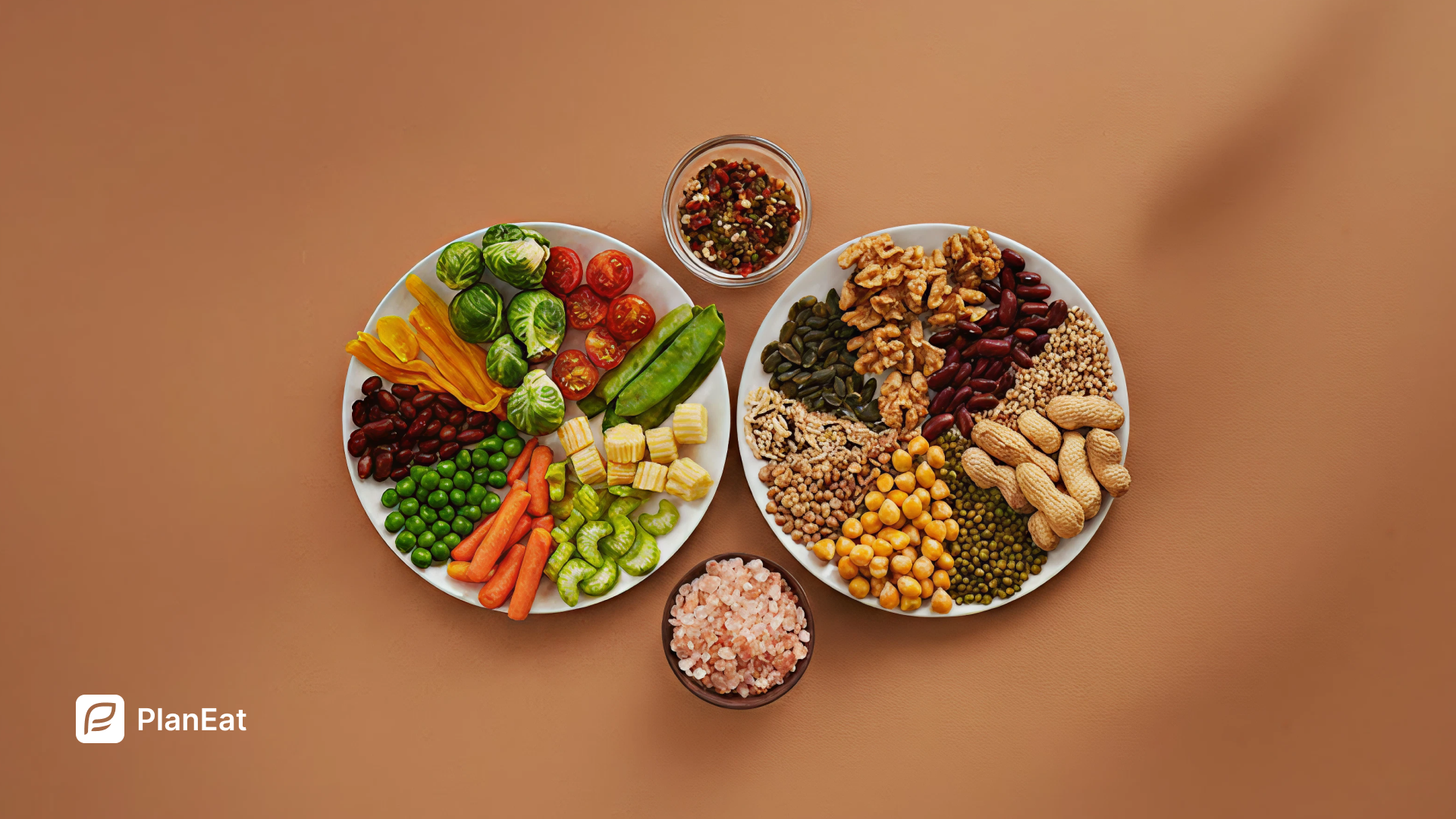
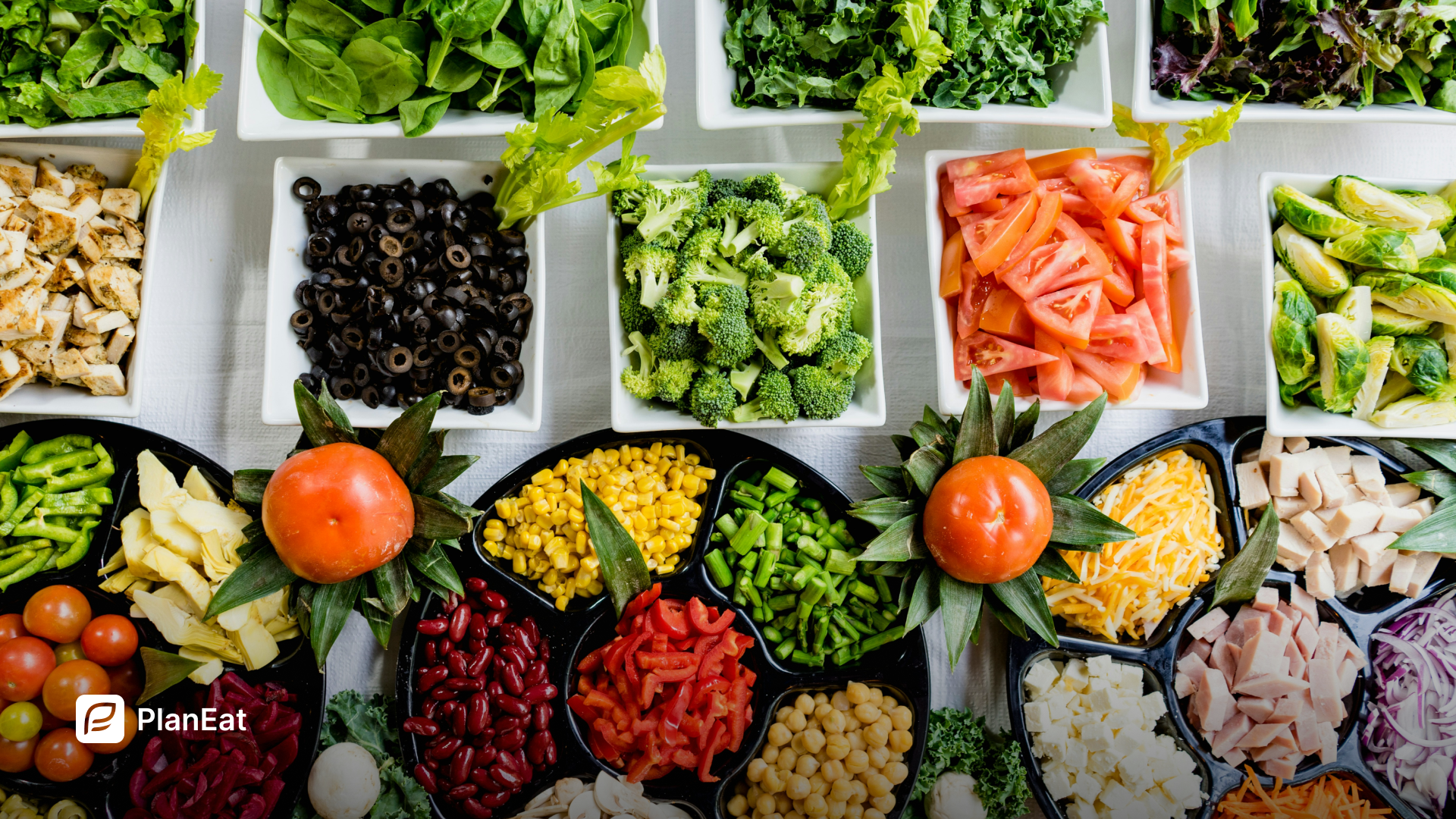
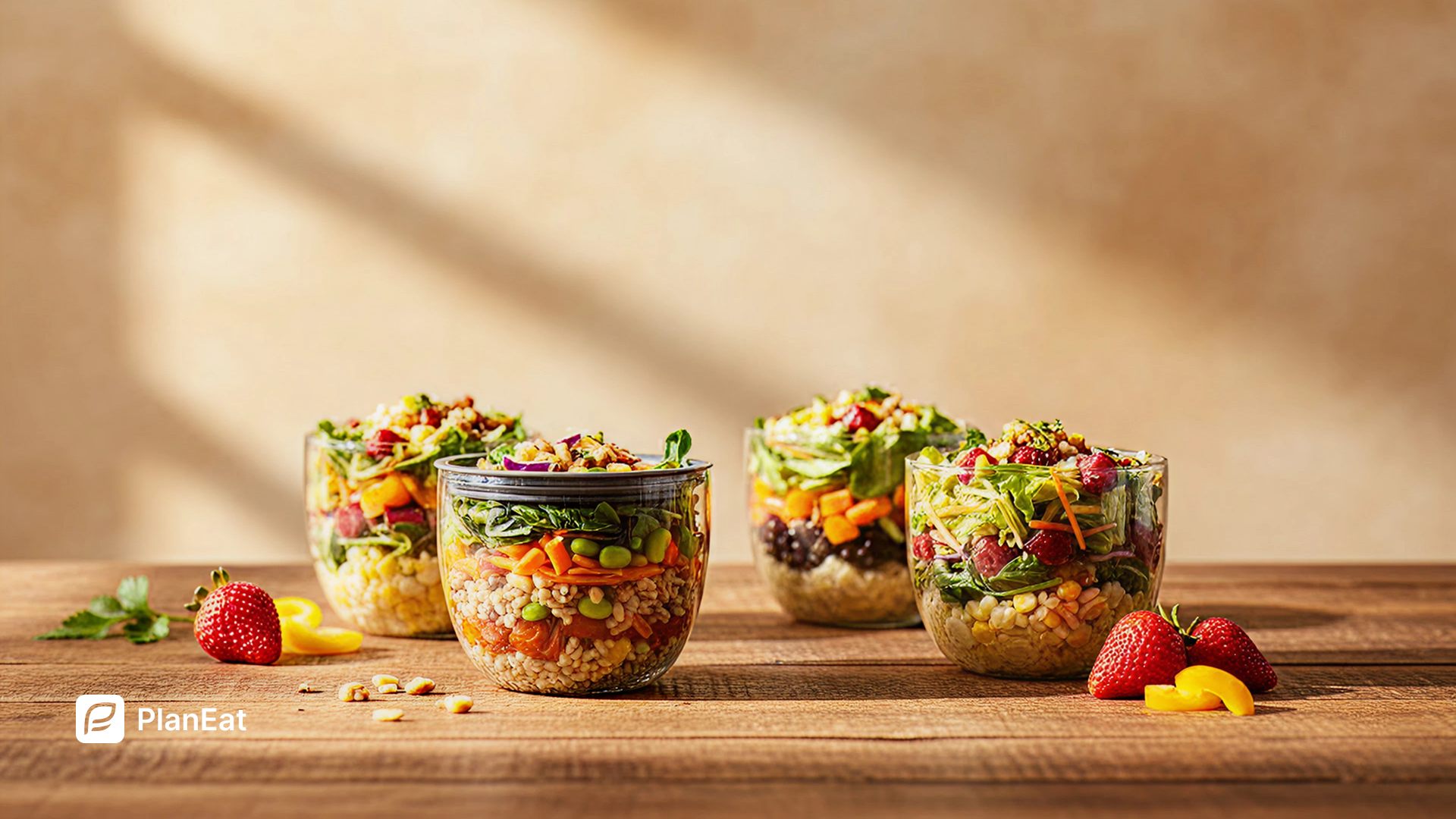

.webp)

